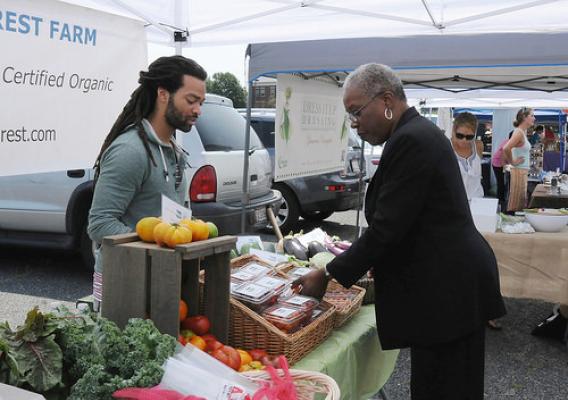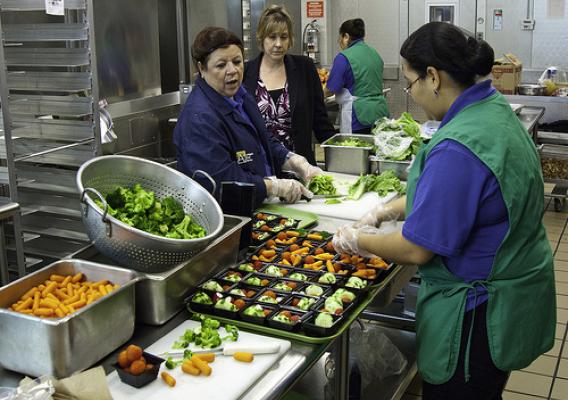During the month of April we will take a closer look at USDA’s Groundbreaking Research for a Revitalized Rural America, highlighting ways USDA researchers are improving the lives of Americans in ways you might never imagine, while ensuring that our program are effective and well managed.
For Federal nutrition assistance programs to succeed over the long term, they must operate with a high degree of integrity. The American people expect and deserve nothing less. At FNS, we use research and analysis to take a hard look at integrity in these programs, determine strengths and challenges, and shape innovations to continuously improve.
While fraud and errors are low in FNS programs, we assert that any level of either is unacceptable. High-quality research is an integral component in our integrity efforts because it enables us to see where fraud and errors occur and identify ways to strengthen the programs against those challenges and track progress over time:









